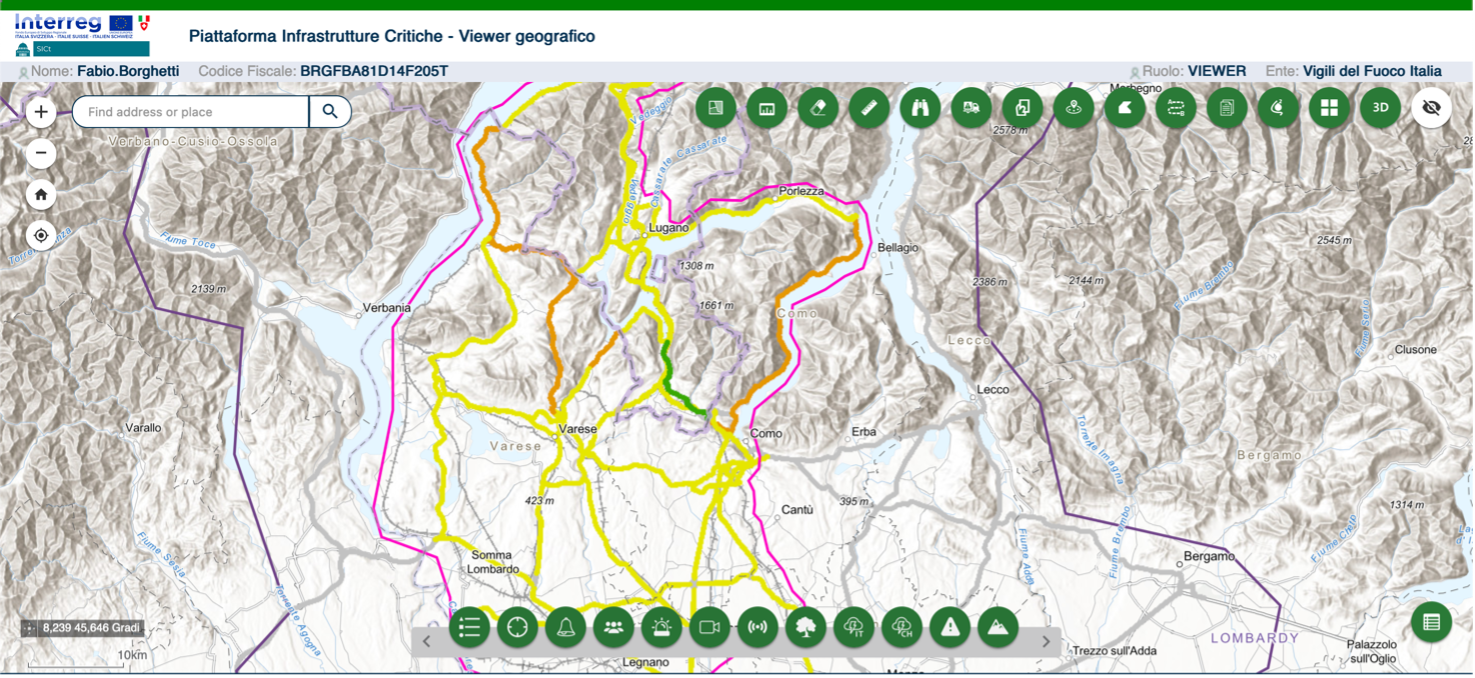SICt project fosters Cross-border Critical Transport Infrastructure

date: 26/10/2022
See also: Website
The SICt project (Resilience of Cross-Border Critical Infrastructure) is financed by the Interreg V-A Italy-Switzerland Cooperation Program 2014-2020 and is included in Axis V - Strengthening Governance.
The partnership is made of the Italian side represented by Regione Lombardia and Politecnico di Milano (Mobility and Transport Laboratory and Department of Management Engineering); the Swiss side represented by the Ticino Cantonal Police, Canton Ticino - Department of Territory, and the University of Applied Sciences of Southern Switzerland (SUPSI), represented by the Institute of Earth Sciences.
The main goal is to increase cross-border governance capacity following relevant events affecting the critical transport infrastructure systems (i.e., roads and railways) between Italy and Switzerland. The aim is to mitigate the risk of disruption of critical infrastructure in the area between the province of Como-Lecco-Varese (Italy) and the southern part of Canton Ticino in Switzerland, by enhancing joint infrastructure monitoring capabilities and better sharing of information flows among stakeholders.
A cooperative and collaborative approach makes it possible to optimize the resources to be activated and used for managing a relevant event in the cross-border area and to overcome practices within national borders in the interest of both countries.
The main output is the Critical Infrastructure Platform, a cross-regional decision support tool that promotes a collaborative approach to managing resources and emergencies that affect the transportation infrastructure.
Due to its technological features and access mode, the platform represents an environment in which accredited users (e.g., institutional bodies, infrastructure managers and operators, first responders) can consult, view, and exchange data and information in real-time.

The platform, intended as an operational tool, can be used both under ordinary conditions to plan interventions and develop shared procedures and plans as well as during the management of emergencies between the two countries.
